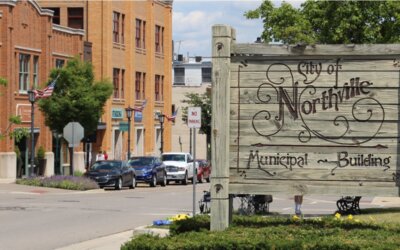Generally speaking, the “fixed costs” (administration, stop-loss/pooling, network access) represent 20% of health plan costs with claims representing the other 80%. As a result, it would be logical for those concerned about cost reduction to focus on the 80%, but perplexingly employers often seem concerned about the 20%. Why is this? One explanation is that the fixed costs are the easiest to quantify and to negotiate each year at renewal time. The reality is that if employers were armed with all of the facts, they would most certainly focus on the 80%.
An often overlooked way to address the 80% is to change the way in which the claims are actually processed and paid. From the perspective of an insurance carrier looking to maximize efficiency to increase profit, auto-adjudication is far superior to manual claims processing by a ratio of 4 to 1. Put another way, it is 400% more expensive to have a claim processed by a human rather than a computer. Ultimately it is the cost of adjudicating the claim itself that is important to the carrier, rather than the amount of the claim which will be passed along to the rate payer (or claim payer in a self-funded arrangement).
From the employer perspective, however, the opposite is true. In the fully-insured world claims paid dictate future premium increases, and in the self-insured world the claims paid come directly from the employer. It stands to reason then that a thorough manual review of all claims, including itemized bills, to identify errors and waste would be in an employers best interest. To drive this point home, one employer saved $78,664.86 on one claim alone by implementing a Total Control Health Plan that used a detailed claims payment model rather than standard auto adjudication.
A top independent Third Party Administrator received a bill from a Veterans Administration Hospital for a four-day inpatient stay in the about of $101,575.28. Based on the DRG submitted, the Medicare national pay rate of the inpatient stay was $6,280.30. As part of the data gathering and preparation process, the TPA also located two hospitals within a 50 mile radius of the VA Hospital and ran the claim data to see what Medicare would pay those two hospitals if the same bill was submitted to them. The amounts were that Medicare would pay $10,020.03 and $11,46.71 respectively.
While trying to negotiate a fair compensation for services the TPA used the higher of the two rates, $11,456.71, and paid the VA Hospital 200% of that amount: $22,913.42.
The total savings for the inpatient stay came to an astounding $78,664.86.


